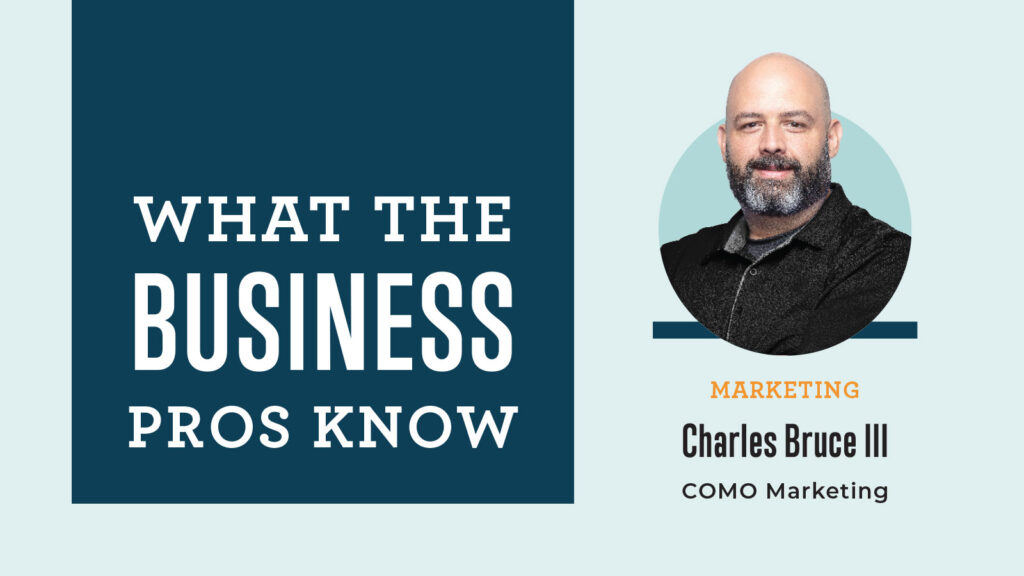As a small business owner, one of the most important questions you’ll face is how much to spend on marketing. Striking the right balance is crucial—you want to invest enough to grow your business and attract new customers, but you also need to ensure that your marketing budget fits within your overall financial plan. So, how do you determine the right amount to spend on marketing? Let’s break it down.
The General Rule of Thumb
A common guideline is to allocate 5 to 10 percent of your gross revenue to marketing. This range can vary depending on the stage and goals of your business. If you’re in the early stages or looking to expand rapidly, you might lean towards the higher end of this spectrum or even go beyond it. For more established businesses with steady growth, staying closer to 5 perccent might be sufficient.
For example, if your business generates $500,000 in annual revenue, a marketing budget of $25,000 to $50,000 would be considered typical. However, it’s important to note that these percentages are just starting points. Every business is different.
Factors to Consider
Business Goals: Your marketing budget should align with your business objectives. Are you trying to increase brand awareness, drive more traffic to your website, or boost sales of a specific product? Each goal may require a different level of investment. For instance, launching a new product or entering a new market might demand a larger marketing spend.
Industry Norms: Some industries naturally require more marketing investment than others. Retail and consumer goods businesses, for example, often spend more on marketing because they need to maintain a constant presence in the minds of consumers.
Target Audience: Understanding your target audience is key to determining your marketing spend. If your customers are highly active on social media, for instance, you might allocate more budget to digital advertising and content creation. Or perhaps your target audience responds better to direct mail or local events., those channels may require more funding.
Current Market Position: Consider where your business stands in the market. Are you a new player trying to build brand recognition, or are you an established name looking to maintain your market share? Newer businesses might need to spend more aggressively on marketing to build visibility.
Return on Investment (ROI): One of the most critical factors is the expected return on your marketing investment. As you allocate your budget, think about which channels and strategies have delivered the best ROI. Digital marketing, for example, often allows for more precise tracking of results to help optimize spending.
Creating a Flexible Budget
It’s essential to remember that your marketing budget should be flexible. Marketing trends and consumer behaviors can change, so it’s important to regularly review and adjust your spending as needed. For example, if you find that a particular campaign is performing exceptionally well, you might choose to allocate more funds to it.
Don’t Forget the Hidden Costs
When planning your marketing budget, be sure to account for all potential expenses, not just the cost of advertising. This includes things like software subscriptions for email marketing or social media management, fees for freelance graphic designers or copywriters, and even costs for attending or hosting events.
Determining how much to spend on marketing is a crucial decision for any small business. By considering your business goals, industry norms, target audience, market position, and expected ROI, you can create a marketing budget that helps your business grow without overspending. With a well-planned budget and a willingness to adapt, your marketing efforts can drive the success of your business.

Director of Client Relations
Charles Bruce is the Director of Client Relations with COMO Companies which owns COMO Marketing, COMO Magazine, and COMO Business Times. He received his Bachelor’s Degree in Business Administration and his MBA from the University of Dubuque. When Charles isn’t being the life of the party, he can be found climbing a large mountain. In December 2023 he climbed the Imja Tse mountain in Nepal.











